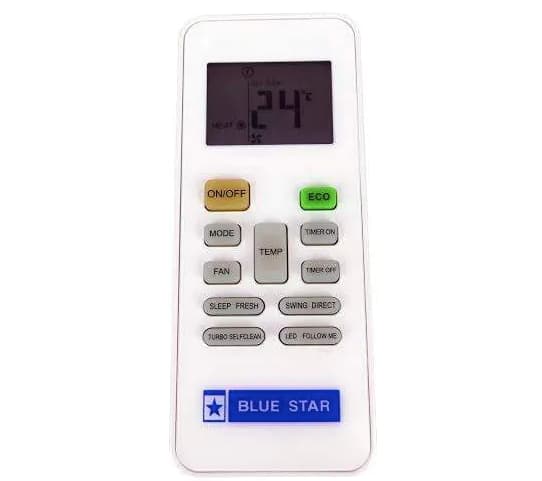What’s in a logo? According to some of the biggest businesses in the world, a whole lot. That’s why some of them have embarked on enormously costly rebranding with mixed success. It turns out the one thing a successful logo doesn’t have to be is hugely expensive. That’s good news for smaller businesses looking to make their mark. But if it isn’t money that buys a good logo, what, exactly are the characteristics of an effective logo design?
1. It Resonates With Your Market
There are examples of award-winning logos that got the thumbs down from consumers. What a graphic designer thinks is a good logo may not be the same as a logo that customers will actually like. That means throwing some ideas around and seeing what your target market is likely to approve.
Expensive? Not necessarily. It’s easy to generate dozens of options for free. Use vista create online logo maker to capture some of your ideas and canvass your market. Once you have a broad idea of what your customers like, you can refine the design and check back with them to see if you’ve hit the spot.
2. It’s Scalable
Once you have a logo, you’ll be using it in all sorts of contexts. It has to look good in small formats, large ones, online, and in print. Think of all the contexts in which your logo will be used and put your draft designs to the test. If you don’t have the knowhow to evaluate this, it’s well worth getting professional advice. The last thing you want is to launch your new logo only to find out that it looks awful on your stationary or makes your website look amateurish.
3. Simple and Impactful
Think of some of the most iconic logos in the world today, and you’re likely to be surprised at how simple they are. All the same, it only takes a glance to know whose logo it is, and with that, all your associations with that brand come pouring into your head.
Simplicity also plays into scalability. A “busy” logo may look fine in a large format, but turns into a confusing mess when used in a small one. Simplicity alone, however, doesn’t necessarily result in a good logo. It’s only one of the criteria you should bear in mind when developing one.
4. It’s Relevant to Your Brand
What does your company do, and what is its brand personality? If you’re selling kids’ toys, for example, a corporate-looking logo doesn’t reflect the playful, young image of your business or its brand personality.
It would be equally ridiculous to use the kind of logo that would be suitable for a toy store for a law firm. This imaginary scenario is extreme, but it should get you thinking along the lines of your brand personality and the kind of imagery that you, and your customers, would associate with it. Simple it may be, but a logo design is the picture that paints a thousand words. If it doesn’t, it isn’t a good design.
4. It’s Distinctive
While it’s good to see what your competitors are doing with their logos, creating a knock-off of the one you think is the most successful is a transparent strategy that won’t go down well with your customers. Think about what sets you apart from your competitors, it could be a pointer towards a unique and distinctive logo that says it all. If your logo looks like just about everyone else’s in your sector, your brand becomes part of the crowd instead of standing out from it.
5. You’ve Carefully Chosen Your Colours
Apart from the practical consideration of how your logo will look in all the places you use it, you can also use colours to evoke associations and express a mood. You’ll be using your colours everywhere, even when your logo isn’t present. So choose colours that work everywhere, form social media marketing campaigns to websites and brochures. While the importance of colour psychology is sometimes overstated, there’s no denying that colours spark associations.
To understand this better, think of colours in terms of clothing. If someone is wearing bright colours, you’d be inclined to form a different impression of their personality than you would if they were wearing neutral ones. Red or yellow are somehow more outgoing colours than green or blue, and so on.
But before you start playing with colours, design your logo in black and white. If it doesn’t work in this basic format, chances are it isn’t going to work in any other colour. You should also remember that once you’ve decided on a colour palette, it’s going to dictate a lot of other brand-specific decisions such as the colours you use for your website or store decor.
Because “Simple” isn’t the Same as “Easy”
An incredible amount of thought, time, and effort go into the creation of a simple logo that could consist of very few elements. Nevertheless, it’s an effort worth making, and if you get all the elements of an impactful and relevant logo just right, you’ll save yourself the need to rebrand in years to come. Need an example? Stella Artois has made very few changes to its logo since its original design created in 1366! Can your logo stand the test of time? Your initial design will determine that.



